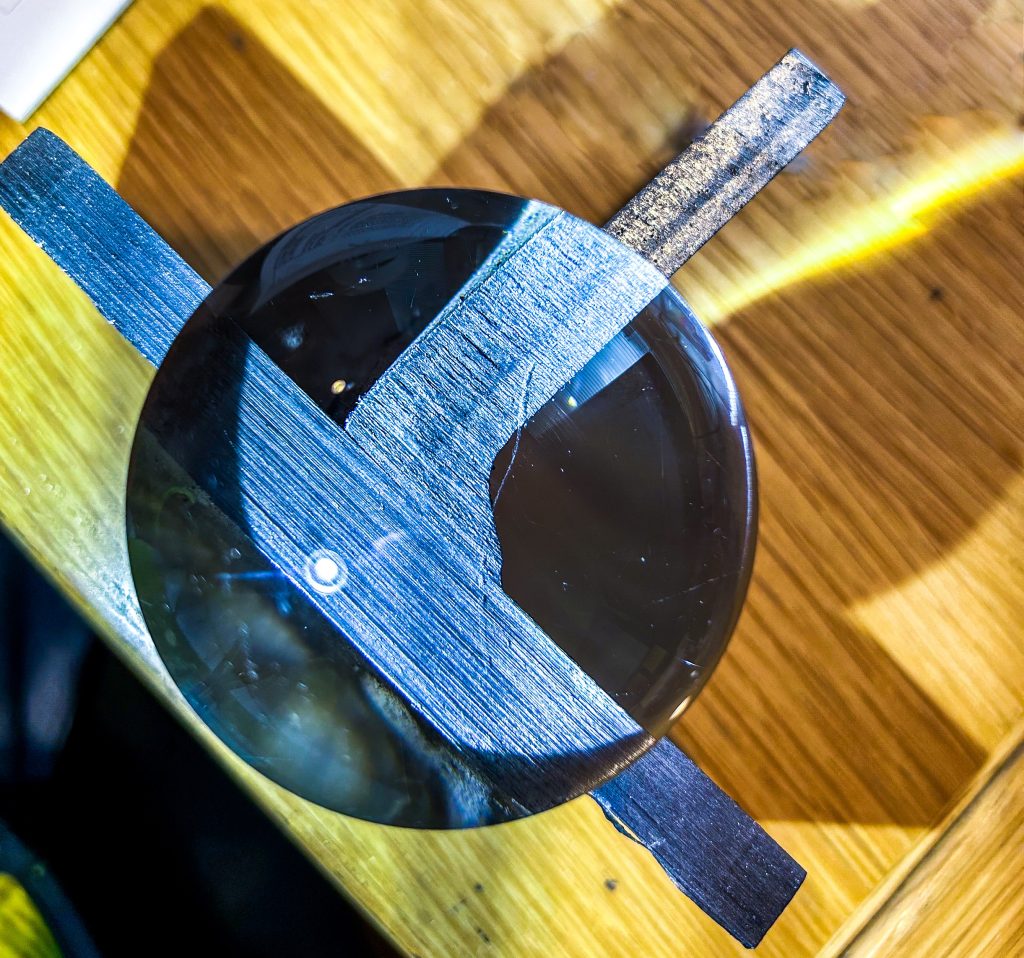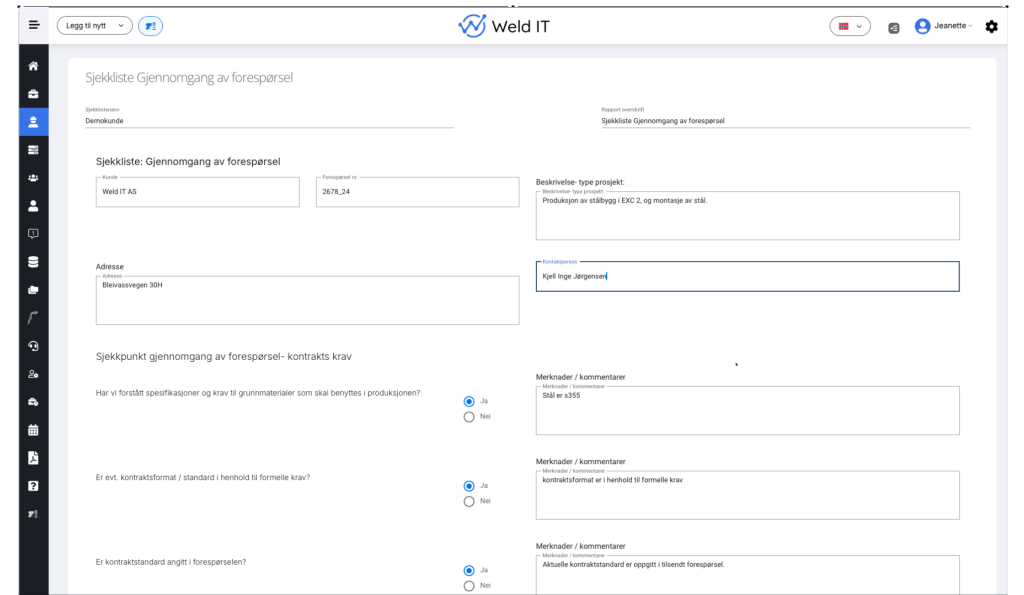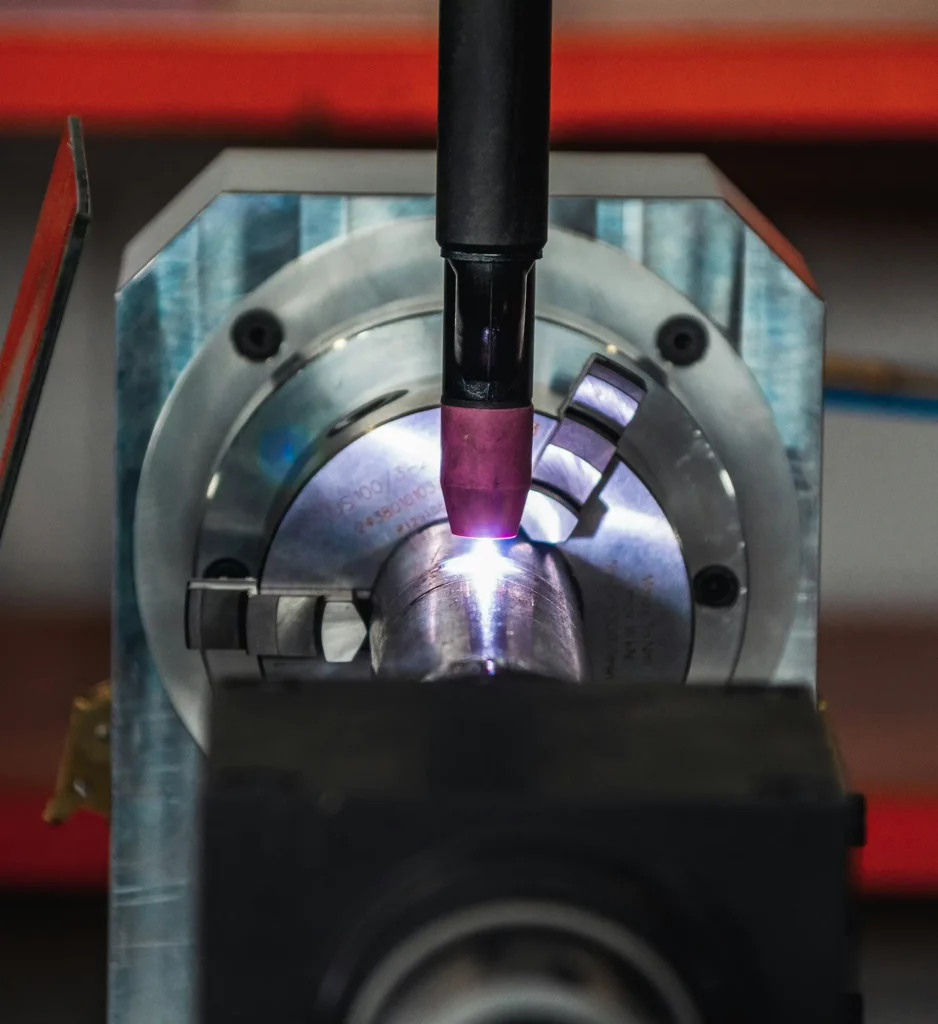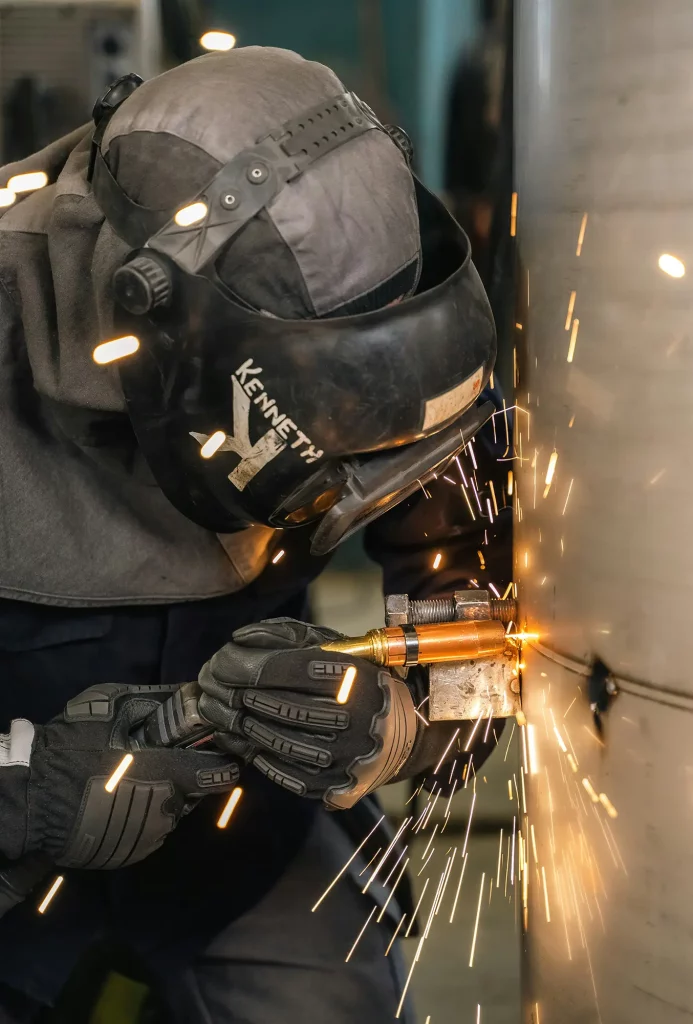
Quality levels for irregularities have been under revision and have recently been established in a new edition, NS-EN ISO 5817:2023.
ISO 5817:2023 describes quality levels for welds, sometimes called "weld classes". The main content of the standard is a table (Table 1) showing various discontinuities and imperfections in welds that can occur in fusion welding (approx. 50 pieces). For each discontinuity, limitations and acceptance limits are specified in three different levels, B, C and D, where B represents the highest quality level. The heading for the acceptance limits is called the defect discontinuity. This makes it possible to set requirements for the quality level of the weld using a single letter. The system represents a basic concept that can be used without or with additions to adapt to a specific product or safety level.
The purpose of the revision has been to make minor changes and clarifications, and thus not make significant changes. The most important criteria for assessing welds have been retained.
A brief summary of the most important changes:
A number of editorial updates have been made.
Reference to ISO 8501-3 for finishing of steel surfaces has been included. True a-measurement, aA, has been introduced for cat welds for discontinuities 1.3, 1.4, 1.16 and 3.2.
Values for acceptance limits have been changed or added for discontinuities 1.4, 1.5, 1.6, 1.11, 1.14, 1.16, 1.19, 2.12, 2.13 and 4.1.
Limitation of discontinuities and change of acceptance limits have been introduced
for the sum of discontinuities 4.1.
Appendix B has been removed.
Appendix B (previously Appendix C) has been supplemented for the discontinuity radius in the weld seam.
Here are some more specific comments on the changes.
The international committee responsible for NS-EN ISO 8501-3:2007 Treatment of steel substrates before application of paints and related products - Visual assessment of surface quality - Part 3: Degrees of preparation of welds, edges and other defective areas has pointed out that problems often arise when the weld class is specified according to ISO 581 and the preparation class according to ISO 8501-3. Often, ISO 8501-3 sets higher requirements for, for example, melt pits/edge wounds and defects in the weld surface. In practice, this means that companies that paint/varnish must grind welds that have already been approved by the welding inspector.
Therefore, this has been noted in the introduction to ISO 5817. However, there will be a revised edition of ISO 8501-3 specifying additional requirements to ISO 5817 regarding surfaces and any pre-treatment.
For, among other things, 1.4 end crater tubes and 1.16 catheter deviations, it has been introduced that the acceptance limit is based on actual a-measurements, aA.
For 1.4 end crater pipes, it has also been introduced that the acceptance limit is based on s-dimensions instead of the material thickness t for butt welds. For 1.4, the diameter d of the end crater pipe has also been added, in the same way as for 1.3, to clarify the difference between a pipe and a crack.
The former information technical appendix B, which contained guidance for the use of ISO 5817, has been removed. It actually only contained a short briefing on what ISO 5817 is, but also a reference to IIW's reference catalog of rdiography. However, the reference is still listed in the reference.
The new edition of ISO 5817 represents an important step towards ensuring high quality and reliability in welding performance. It provides clear guidelines for evaluating welds and helps maintain standards and practices across different industries and sectors. By implementing ISO 5817, companies and professionals can ensure that weld quality meets the necessary requirements and contributes to reliable structures and products.




